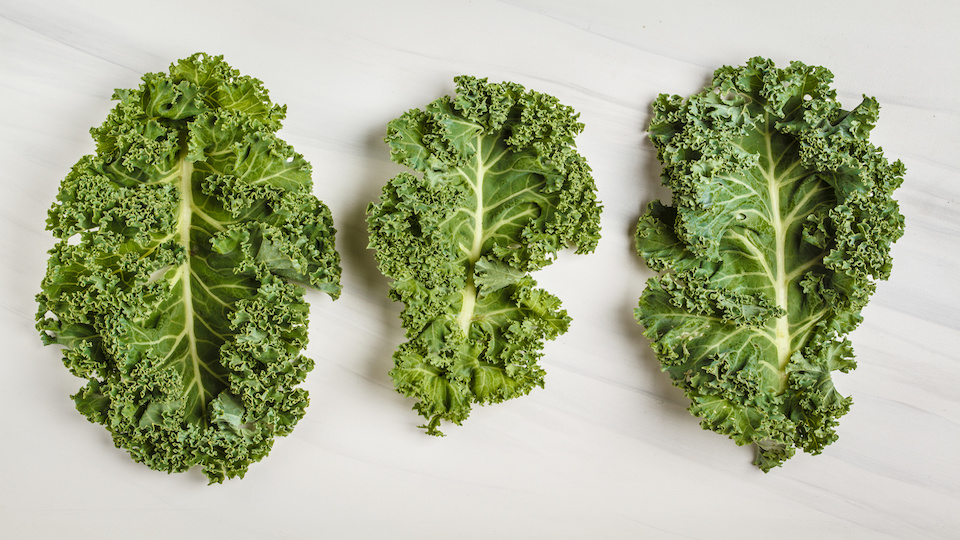Kale is a popular superfood but why pay the high price for organic greens at the market? You can easily grow your own kale, even without much gardening experience. This is one of the most foolproof vegetables you can grow. It’s even possible to get several harvests throughout the summer and fall for an abundance of kale.
Why You Should Be Growing Kale
If you have a vegetable garden or are thinking of starting one, kale needs to be on the top of your list of veggies to include. This superfood is one of the easiest greens to grow. It’s hard to go wrong, even for beginners in the garden.
Kale is a tasty and popular green because it’s not quite as intense in flavor or texture as others like collards or mustard greens. You can enjoy kale as a baby green, which is tender and delicate in flavor, and as a mature green. Of course, kale is also highly nutritious:
- Kale has just 33 calories per cup.
- One cup has more than 100 percent of the daily recommended value for vitamins A, C, and K.
- One serving of kale also has a lot of B vitamins, calcium, copper, potassium, and magnesium.
- Kale is also rich in fiber and antioxidants.
Need more reasons to grow kale? Greens are among the most contaminated vegetables in terms of pesticides and organic greens aren’t cheap. It’s not hard to grow your own organic kale for much less money. And, you’ll get a lot of use out of this green in the kitchen. It’s great raw in salads, sautéed, baked as healthy chips, used in stuffing, casserole, soup, and as a wrap for a sandwich or stuffed baked dish.
When and Where to Grow Kale
Kale, like other greens, is a cool weather vegetable and prefers when temperatures don’t exceed 75 degrees. Plant it outside in the early spring and late summer for two harvests per year. If it’s too hot your kale will struggle and your harvest will be less. It will also develop a bitter, unpleasant flavor in the heat.
Exactly when you plant kale depends on your location and climate. A good general rule is to plant it outdoors about four weeks before the last frost in spring and six weeks before the first frost of fall.
For location, a spot that gets plenty of sun is ideal. Kale will tolerate some shade, and if you’ll be growing it in hot weather, shade may be necessary to help keep it cool. The soil where you plant kale should drain well and be rich in nutrients. Turn in plenty of compost before planting.
Seeds or Transplants?
Kale can be grown in the garden starting with transplants you find at your local nursery or garden store. The cheaper option is to start kale from seeds. Because kale is so cold hardy, you can easily start seeds outdoors. Plant them between a quarter and three-quarters of an inch in the soil. Once there are about four leaves on each sprout, thin them out so the plants are 12 to 18 inches apart.
Watering Kale
Kale tastes best when not stressed by drought. It’s important to keep kale well-watered without overdoing it or letting the soil and roots get soggy. About an inch of rainfall per week is adequate, so water as needed. An easy way to check if your kale needs more water is to stick a trowel into the ground near the plants. If the soil is only wet to a depth of an inch or two, it’s time to water.
How to Harvest More Kale
To enjoy baby greens, pick kale between 20 and 30 days after starting seeds. Most varieties of kale are ready for the harvesting of mature leaves between 50 and 75 days from seed. Pick the outer leaves first to extend the harvest and get more leaves from one plant, as they continue to grow in the center. Fall-harvested kale has the best flavor when temperatures have dropped. Kale can be harvested right up the point at which it actually starts freezing.
Maximize your kale harvest by staggering plantings. Start as early as possible in the spring and make successive plantings each week for a few weeks. You’ll get several summer harvests this way. You can do the same thing again in the late summer and early fall to get successive harvests right up until the ground freezes.
It’s so easy to grow a lot of kale that it just doesn’t make sense to keep buying it from the grocery store. Try your hands at kale this year and see how much you can grow and harvest.
-Mary Ellen Ellis



